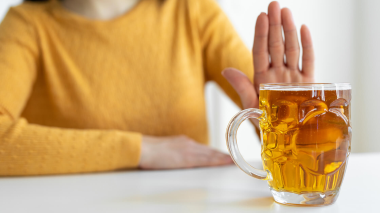As the summer leads into fall, you may be tempted to put the sunscreen away with the beach toys. Don’t. Sun protection is important year round. Sun can penetrate even in clouds and in shade.
“Sunburn is better prevented than treated,” says Marinda Wells, MD, with Shelby Family Practice, part of Atrium Health. “A broad-spectrum UVA/UVB sunscreen of at least SPF 30 is necessary. Use sunscreens that contain Avobenzene or Tinosorb 13-18% for best protection.” Sunscreen should be generously applied 15 minutes before going outside. If out in the sun for a prolonged period of time during the day, wearing a hat and other protective clothing is recommended. Remember to reapply every 2-3 hours especially if doing anything in the water.
“It is now thought that most skin damage occurs during childhood. It is crucial to put sunblock on all children over 6 months of age. Wait until children are a year old before putting sunscreen on the face.”
If you do get a sunburn, Dr. Wells recommends the following:
- Try taking a cool shower or bath or placing wet, cold wash rags on the burn.
- Avoid products that contain benzocaine, lidocaine or petroleum (like Vaseline®).
- If blisters are present, dry bandages may help prevent infection. Do not pop blisters as this can cause infection.
- If your skin is not blistering, moisturizing cream may be applied to relieve discomfort.
- Over the counter anti-inflammatories like Ibuprofen/Aleve are most helpful within 24 hours. DO NOT give aspirin to children.
- Cortisone creams may help reduce the inflammation.
- Use antihistamines like Benadryl or Zyrtec for itching.
- Loose cotton clothing should be worn.
When to Call Your Doctor
Call a healthcare provider immediately if you have a fever with sunburn or if there are signs of shock, heat exhaustion or dehydration. These signs include:
- Faintness or dizziness
- Rapid pulse or rapid breathing
- Extreme thirst, no urine output or sunken eyes
- Pale, clammy or cool skin
- Nausea, fever, chills or rash
- Your eyes hurt and are sensitive to light
- Severe, painful blisters



